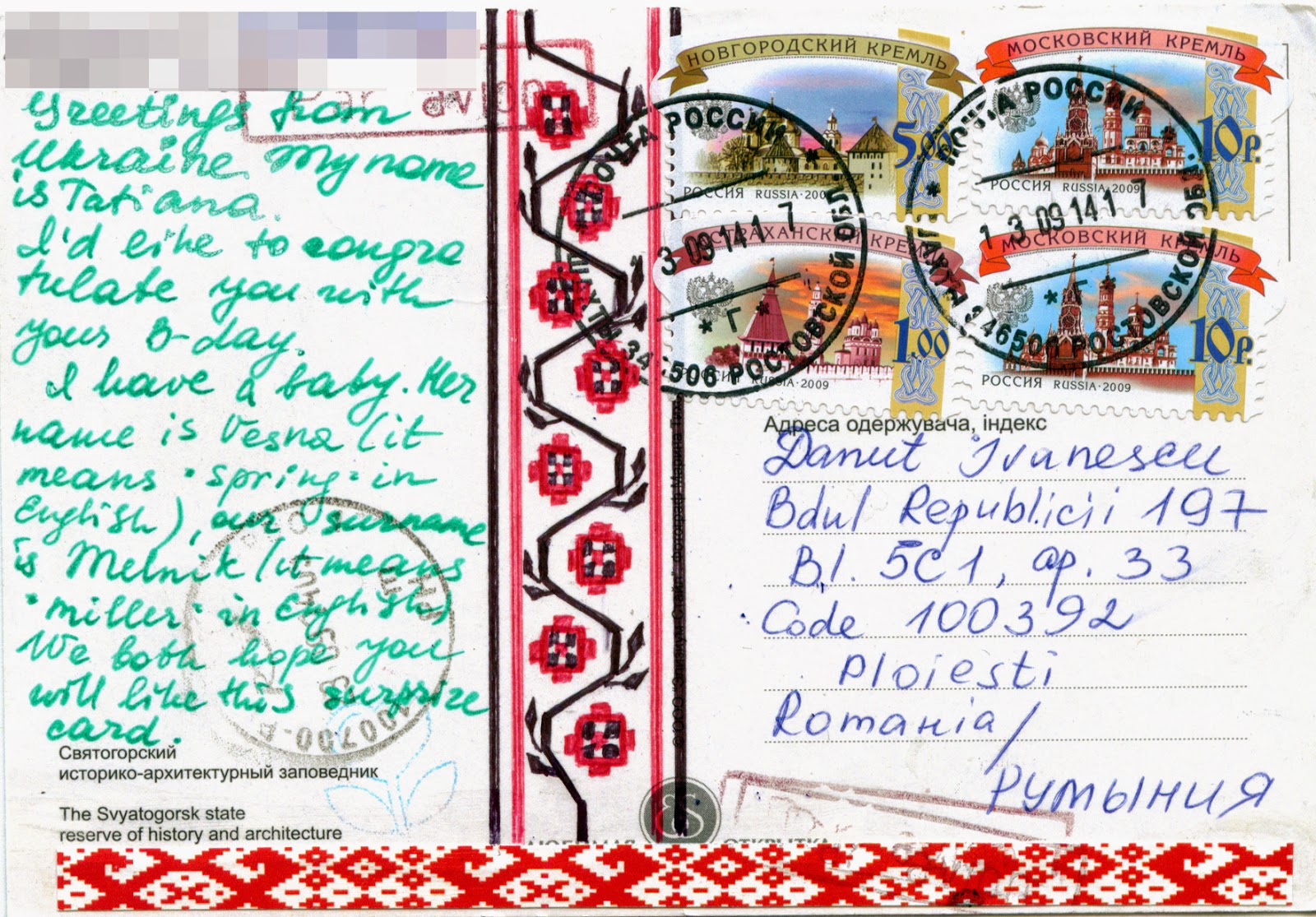Built between 1603 and 1611 in
AmsterdamRenaissance style, as a pseudo-basilica in
Gothic style, after a design by
Hendrick de Keyser (buried in the church in 1621), the
Zuiderkerk (Southern church) was the city's first church built specifically for
Protestant services. It was used for church service until 1929, since 1988 serving as a municipal information centre. The distinctive church tower, which dominates the surrounding area (it has around 75m high including the wooden spire), wasn't completed until 1614 and contains a carillon of bells built by the
brothers Hemony, installed in 1656 along with four bells which are rang monthly. Three of
Rembrandt's children, and also
Ferdinand Bol, one of Rembrandt's most famous pupils, were buried in the Zuiderkerk, which is very near to Rembrandt's house in the Jodenbreestraat. French Impressionist painter
Claude Monet painted the church during a visit to the Netherlands. The composition is centred on the church spire, with the Groenburgwal canal leading up to it in the foreground. The painting is now in the
Philadelphia Museum of Art.
Westerkerk (Western Church) was the city's third church built specifically for Protestant services (after Zuiderkerk and
Noorderkerk), and today it remains the largest church in the Netherlands that was built for Protestants. Erected between 1620 and 1631 by the same Hendrick de Keyser, it has the highest church tower in Amsterdam, at 85m. The spire, called the Westertoren (Western tower) has in top the
Imperial Crown of Austria of
Maximilian I. 14 of the 50 church bells were made by
François Hemony in 1658. Here was buried
Rembrandt, who at the end of his life lived nearby, at Rozengracht 184. When he died in 1669, the painter was so poor, that he was buried in an unmarked church grave, with several other people, where human remains were buried only for 20 years, to make place for other poor people. That is why the exact place of Rembrandt’s grave remains unknown. His lover
Hendrickje Stoffels is also buried here, as is his son
Titus van Rijn. The Westerkerk is located also close to the Achterhuis (now
Anne Frank House) where the girl, her family and others hid from Nazi persecution for two years during WWII. The Westerkerk is mentioned frequently in her diary - its clock tower could be seen from the attic of the Achterhuis and
Anne Frank described the chiming of the clock as a source of comfort. A memorial statue of Frank is located outside the church.
Read more »


























































